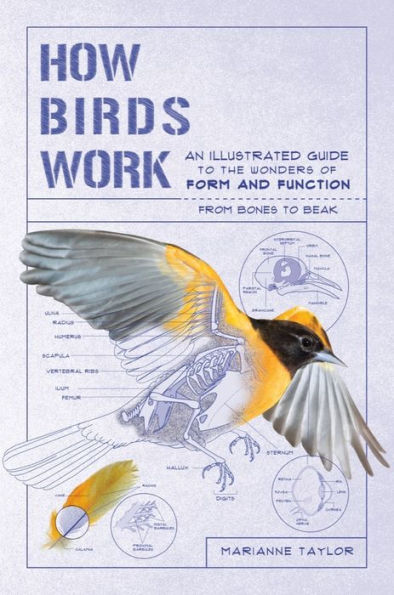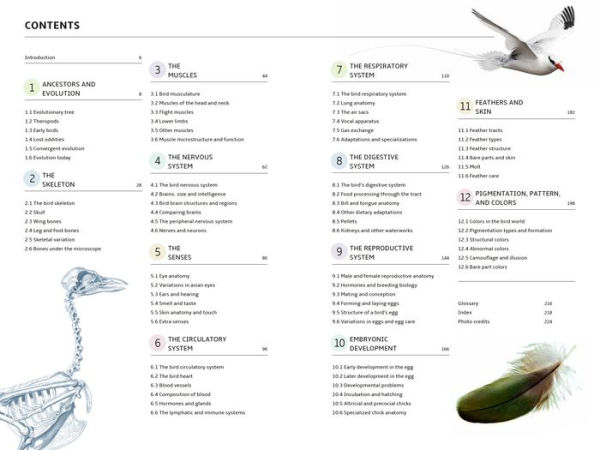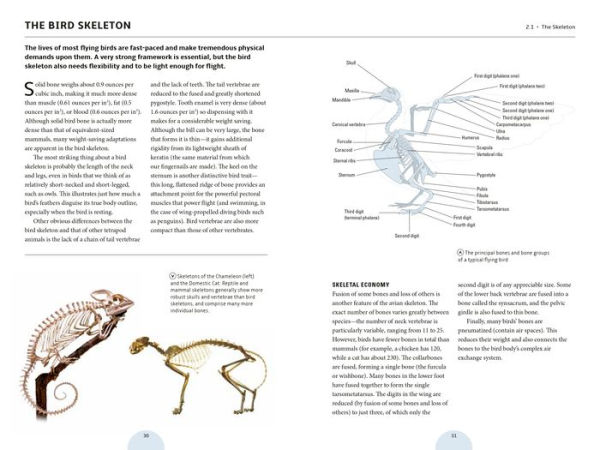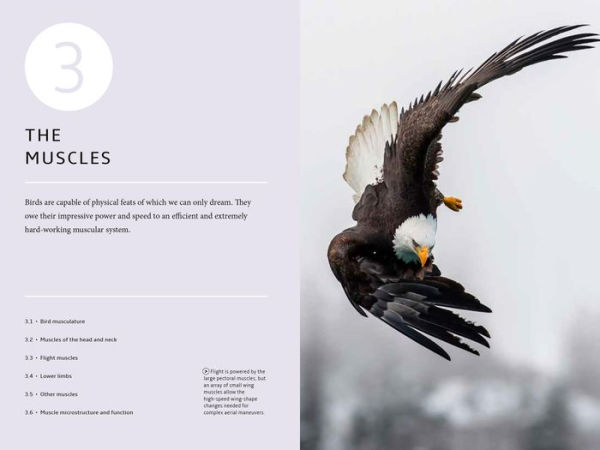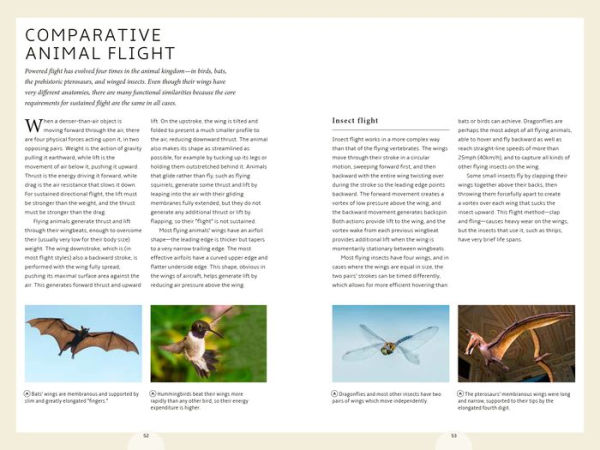Engineered by evolution to thrive in the wild A tiny textbook to learn on your ownHow Birds Work goes beyond the typical field guide to show us not only what birds look like but why. Why do many owls have asymmetrical ear openings? (Hint: It helps them pinpoint prey; see page 40.) And why does the Grey Heron rest on one leg at a time? (Hint: Not because it’s tired; see page 66!) Birds boast a spectacular array of adaptations suited to their incredibly diverse diets and habitats. In this in-depth handbook, discover the ways they’re even more astounding than you know—inside and out. Detailed analysis and illustrations illuminate:
1132466915
- Skeleton
- Muscles
- Circulation
- Digestion
- Respiration
- Reproduction
- Feathers
- Colors and Patterns
- And much, much more!
How Birds Work: An Illustrated Guide to the Wonders of Form and Function - from Bones to Beak
Engineered by evolution to thrive in the wild A tiny textbook to learn on your ownHow Birds Work goes beyond the typical field guide to show us not only what birds look like but why. Why do many owls have asymmetrical ear openings? (Hint: It helps them pinpoint prey; see page 40.) And why does the Grey Heron rest on one leg at a time? (Hint: Not because it’s tired; see page 66!) Birds boast a spectacular array of adaptations suited to their incredibly diverse diets and habitats. In this in-depth handbook, discover the ways they’re even more astounding than you know—inside and out. Detailed analysis and illustrations illuminate:
- Skeleton
- Muscles
- Circulation
- Digestion
- Respiration
- Reproduction
- Feathers
- Colors and Patterns
- And much, much more!
17.95
In Stock
5
1

How Birds Work: An Illustrated Guide to the Wonders of Form and Function - from Bones to Beak
224
How Birds Work: An Illustrated Guide to the Wonders of Form and Function - from Bones to Beak
224
17.95
In Stock

Product Details
| ISBN-13: | 9781615196470 |
|---|---|
| Publisher: | The Experiment |
| Publication date: | 04/28/2020 |
| Series: | How Nature Works Series |
| Pages: | 224 |
| Sales rank: | 995,786 |
| Product dimensions: | 5.70(w) x 8.20(h) x 0.70(d) |
About the Author
From the B&N Reads Blog





